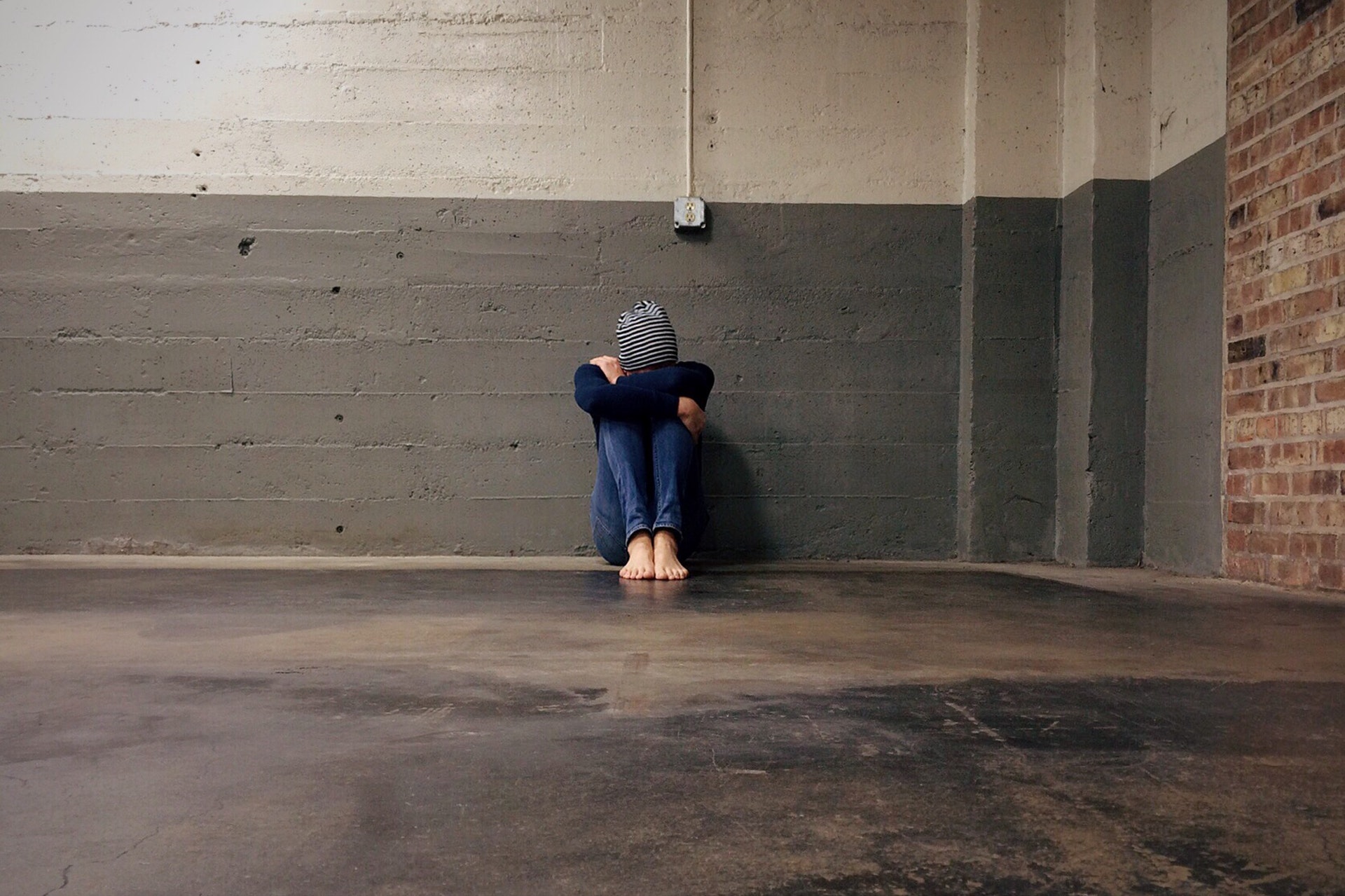

Gone are the days when getting prenup or postnup seemed a bad omen for the marriage. Currently, about 51% of prospective couples believe prenups and postnups do not mean a lack of faith in marriage but insurance to your finances and emotions in case of divorce.
Unfortunately, the terms prenup and postnup are often used interchangeably while they have different meanings. What is the difference between prenups and postnups, and which applies to your case?
Keep reading for these answers.
Some of the major differences between prenups and postnups are:
A prenuptial agreement, commonly known as a prenup, is a legal contract entered into by a couple before they get married. It outlines how assets, debts, and other financial matters will be handled in the event of a divorce or separation. Prenups can also address issues like spousal support and the division of property.
Prenups are signed by engaged couples who expect to get married soon. Although the prenup is signed before marriage, it becomes valid after the couple ties the not.
On the other hand, postnups are signed by couples after they are already married. A prenup may be signed days, months or even years after the marriage. The couple decides when the terms of the agreement become effective, which may be a date before or after the signing date. A past date can go back to their wedding date.
A prenup mainly looks at the property owned by the prospective couple before marriage. However, the postnup covers property earned before and after marriage. If the marriage has already lasted for a while, it gets tricky to agree on the community property since it should be divided 50/50. It also has to consider businesses and property that didn’t exist before the marriage.
Signing a prenup becomes valid if it meets California’s Uniform Premarital Agreement Act and is signed by both parties. However, a postnup becomes valid after being approved by the court.
Before the court approves the postnup, they need to confirm that each spouse came to the agreement voluntarily and that the agreement is fair to both parties. The court does not validate the document if the agreement does not meet such legal requirements.
If you are yet to say ‘I do’, don’t wait until you are married to get a postnup. Instead, get a prenup since it is easier to acquire than a postnup.
Fortunately, getting a postnup is only complicated but not impossible. Therefore, if you are already married, don’t hesitate to get a postnup as it will come in handy in case you separate or divorce your spouse. Either way, seek legal advice to ensure that you come up with a prenup or postnup that will help you in the future.
Attorneys at Minella Law Group are here to help and have your best interest at heart. For more information or to schedule a consultation, call us at 619-289-7948. We look forward to helping.








